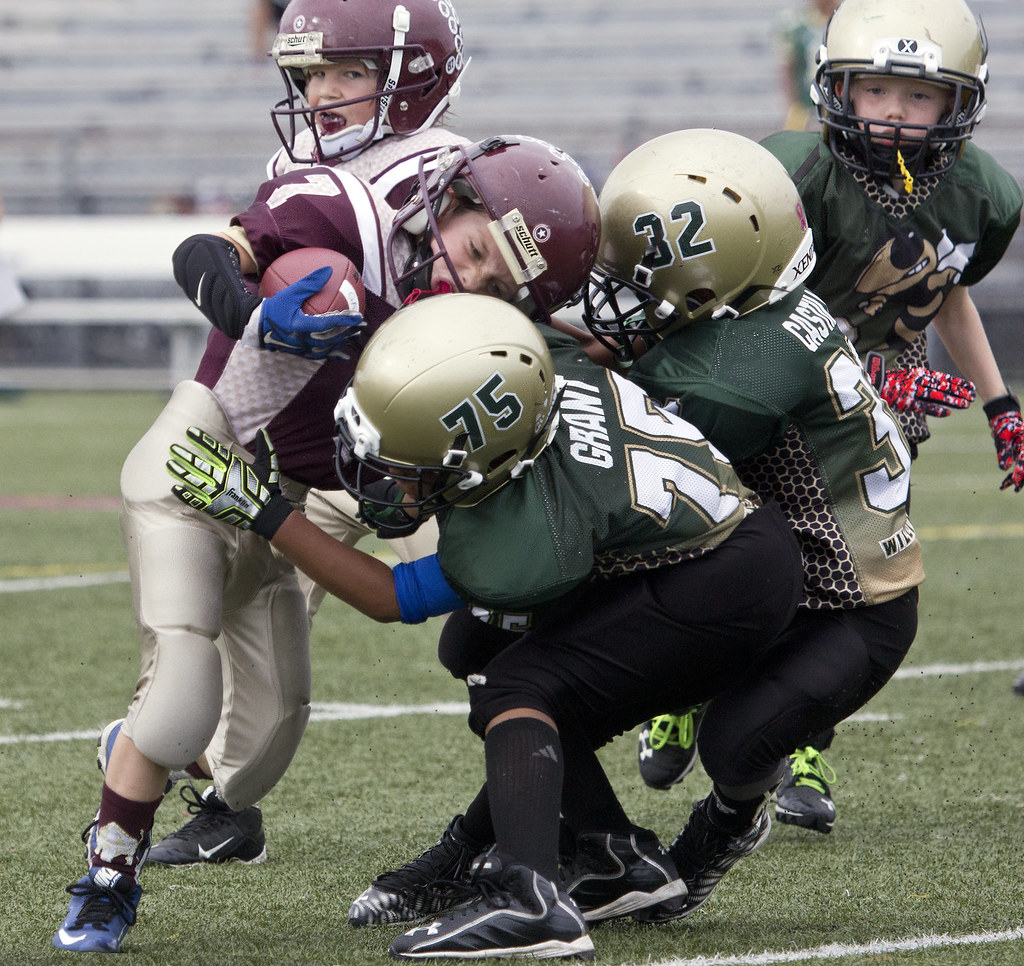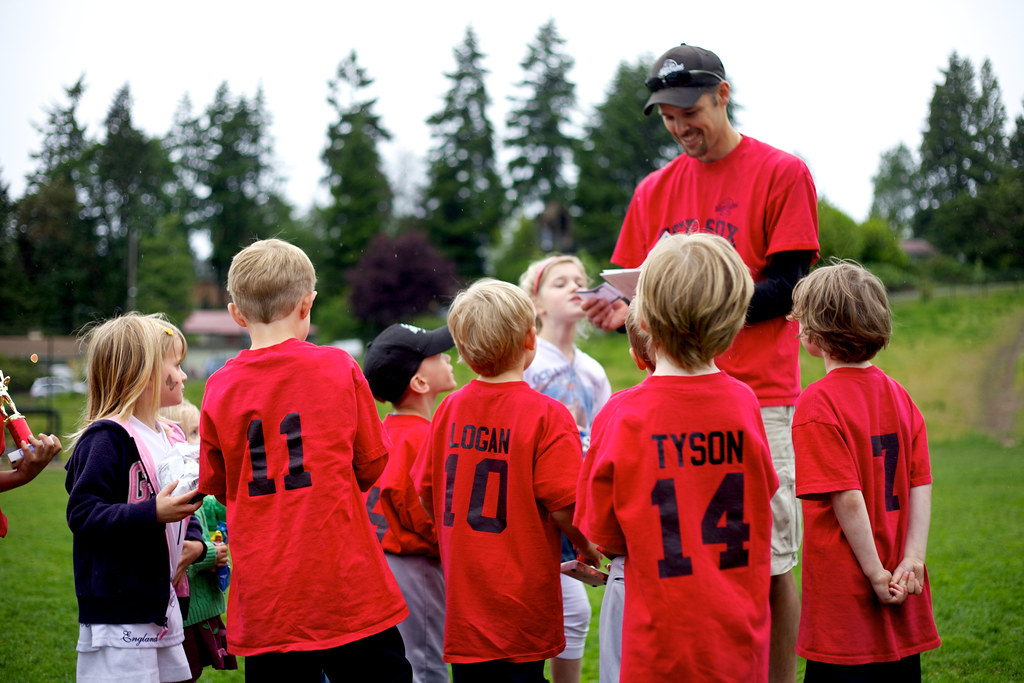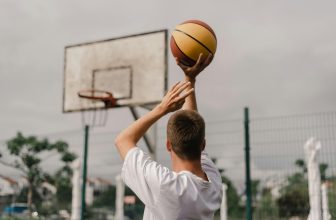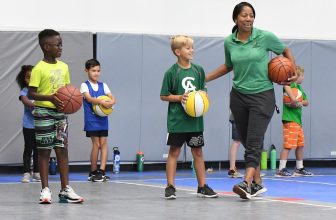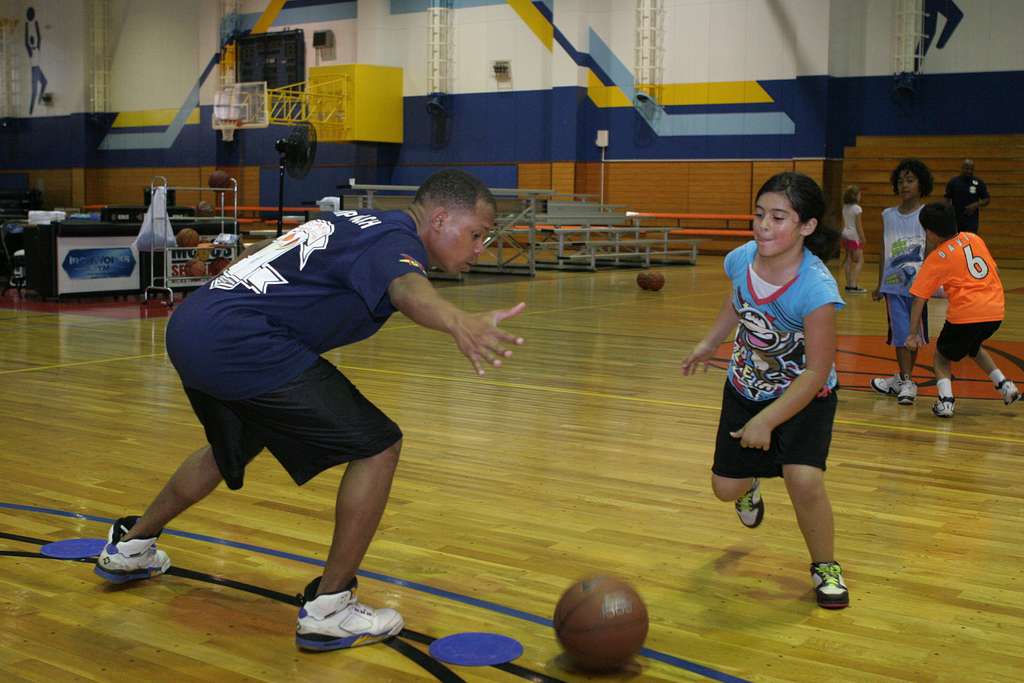
Legendary college basketball coach, Mike Krzyzewski once said, “Each group and each youngster is different. As a leader or coach, you get to know what they need.” In this quote, Coach K is simply stating sometimes you need to approach each individual opportunity in different ways. Not all players or teams are going to respond to certain actions. This applies particularly well for youth basketball. In this article, I’ll breakdown some drills that might be of use for your team.
Drill #1: “Focus on the Form” Drill
If a kid starts off with a poor shooting form at a young age, chances are they’ll continue these habits later on in their basketball playing days. This is why it is important to get it right from the start. This drill is designed to make proper shooting form “second-nature,” so they’ll be able to consistently display it in game situations.
The “Focus on the Form” drill starts with a player standing on the right side, left side, and in front of the basket. All players should be approximately 2-3 feet from the basket and they should each have their own ball. The dominant foot should be pointed towards the basket, with the other foot slightly behind. Next, bend your needs slightly and hold the ball in your dominant hand’s palm like you’re prepping to shoot. Meanwhile, keep your other hand to your side. Put your arm at a 90o angle with the ball in the palm. Finally, the players will shoot the ball with one hand and repeat the process at least 25 times. Despite being a short shot, this drill teaches the correct principles of a successful shot.
Drill #2: Quick Pass Drill
The great Bill Russell broke down the importance of passing when he stated, “The most important measure of how good a game I played was how much better I’d made my teammates play.” As dominant as Russell was, he understood it takes more than one guy to win games. This quick pass drill is designed to enhance the chemistry amongst teammates and put them in a position where they can fire passes at a moment’s notice.
Three players will line up in a line with about 10-15 feet in between them. The players on the ends will be referred to as ‘A’ and ‘C,’ while the middle player is ‘B.’ A and C will start with basketballs in their hands. A will throw a pass to B, who will then return the pass immediately and turn to C. C will then fire a pass, which B will catch and pass back. This process will continue as B continues to switch. After a couple reps, players should switch roles.
On a side note, there are plenty of passing drills out there to stress different situations that may arise during a game. This course from high school coach Bob Schurtz breaks down some of these scenarios.
Drill #3: Box Out Drill
Unfortunately, there is a solid number of players that simply ignore the skill of boxing out as they get into the high school or junior high level. With this being the case, if you aren’t afraid of putting in the work on the boards, then you can pick up some easy buckets. This box out drill is designed to mimic an in-game situation and make the players work!
If you have 10 players, then split them up into offense and defense. In case you only have 6 or so, then just do three vs three. Once you have the players split up, have the defense stand closer to the basket than the offensive counterpart. Once the set-up is arranged, the offense should pass the ball around the perimeter and try to get it into a player in the post. When an open shots presents itself, the offensive player will shoot the ball. As it goes up, each defensive player should put a body on their man and box them out. The reason I prefer using a 5-on-5 scenario is because it mimics what boxing out will entail in an actual game.
Drill #4: 3 on 2, 2 on 1
This popular drill has been a mainstay on virtually every team I’ve ever participated on. It emphasizes proper decision making in fast-break situations and is a relatively easy one to learn.
Three players (referred to as 1, 2 and 3) will start on one baseline while two others (4 and 5) will be down on the other end. The point guard (1) will dribble the ball down like it’s a fast break. He’ll have two players (2 and 3) on each side of him. The defense (4 and 5) will have to either commit to the off-ball players or the ball handler. It is at this time where the ball handler must make a decision to either take it to the hoop himself or kick it to one of his teammates.
After the first unit (1, 2 and 3) take a shot, the player that shot the ball will run back to the other side on defense. Meanwhile, players 4 and 5 will bring the ball up now in a 2-on-1 fast break. The other two players from the first unit will remain on the other side, as they’ll be used as the 4 and 5 players for the next round.
Drill #5: Free Throws “Up-Down” Drill
Free throws tend to be more difficult shots than you’d expect. Even some players in the NBA, like DeAndre Jordan, struggle to make half their attempts from the charity stripe. This isn’t because they aren’t practicing them, but rather sometimes the pressure from game situations affects their effectiveness. One way to ensure kids develop proper habits to manage the pressure of stepping up to the line late in a game is this “Up-Down” drill.
In this drill, each player is on their own. (Although it can be done as a team, I believe it teaches accountability if done on an individual basis.) Each player starts with 10 points and the goal is to get to 15. For every made free throw, you get 1 point, while every miss results in a -1. For younger ages, this may be difficult to achieve and you could even lower the final goal. Likewise, if you’re dealing with high school aged players, you could even raise the final goal. However, I encourage coaches to challenge their players to turn free-throws into easy points. Being dominant at the line can provide so much benefits to a team, including preventing the opposition from just fouling you to get back in a game.
Do What Fits Your Team
Going back to the quote from Coach K in the introduction, coaches simply have to do what fits their players best. Every group of kids is going to need different forms of training. Some might already be solid rebounders, but can’t shoot at all from the outside, while others may routinely get beat up on the glass. In the end, you need to be evaluate your team’s skill level and provide appropriate guidance.


